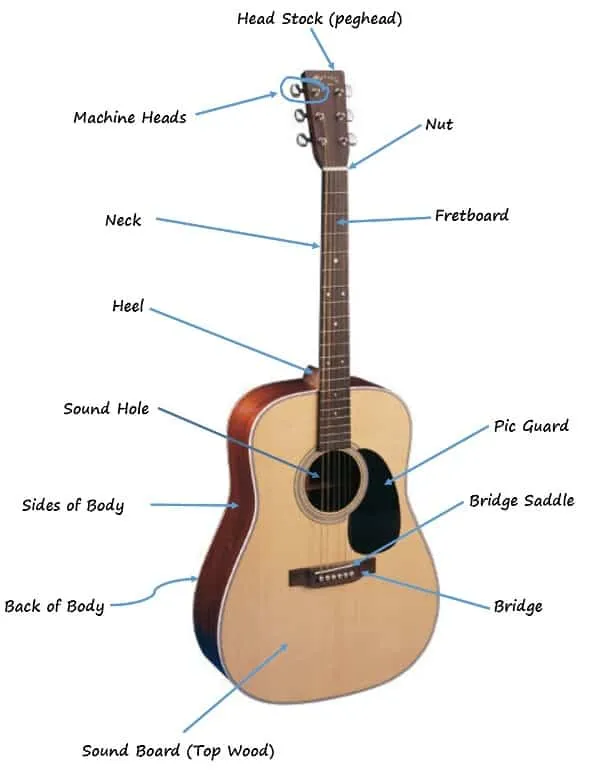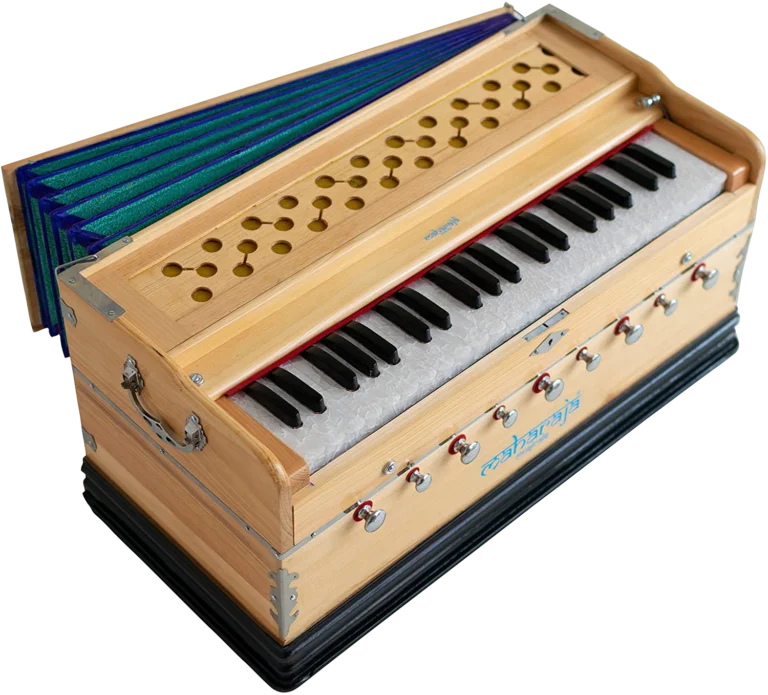Minor scopes are pretty much as old as Western music itself. All styles of music utilize minor scopes to deliver tunes, riffs, and harmony movements.

Introduction
Music Hypothesis has a minor scope which is a seven-note melodic scale. It is also called level third. It brings out pity, ghostliness and anticipation. Minor harmonies and minor key music can be used. They also acknowledge any note in the chromatic scale as strain
Minor Scale Vs Major Scale
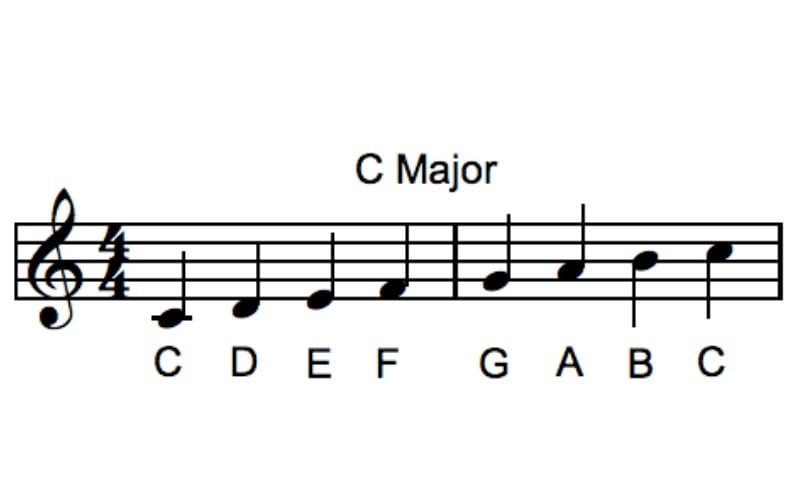
The essential contrast between significant scales and minor scopes is the third scale degree. A significant scale generally has a characteristic third (or significant third). A minor scope never has a significant third. By and by, you can add any note as a pressure to a minor scope with the exception of a significant third. For instance, on the off chance that you are playing a D minor scope, practically any note can ostensibly sound great in this scale with the exception of F♯. On the off chance that you play a F♯, the scale quickly takes on a significant resonance.
Regular minor scopes share a vital mark with a general significant key that has similar diatonic notes. For instance, the D minor scope is the general minor of F major. The E minor scope is the general minor of G major.
Various Types of Minor Scales

There are three kinds of minor scopes in music hypothesis. Every one of these scales delivers an alternate sound, however all are secured by the minor third scale degree, which gives the minor resonance its unmistakable sound.
The normal minor scope is the most widely recognized minor scope, and the default when a performer alludes to “a minor scope” or “minor.” The regular minor scope design includes similar precise notes as the Aeolian mode in modular music.
The harmonious minor scope is subsidiary of the minor scope where the seventh scale degree is raised by a half advance.
The melodic minor scope is a minor scope with raised 6th and seventh scale degrees, yet just while climbing. A dropping melodic minor scope is indistinguishable from a characteristic minor scope.
Also, Read 10 Amazing Benefits of Learning Hindustani Classical Music
Harmonic Minor Scale
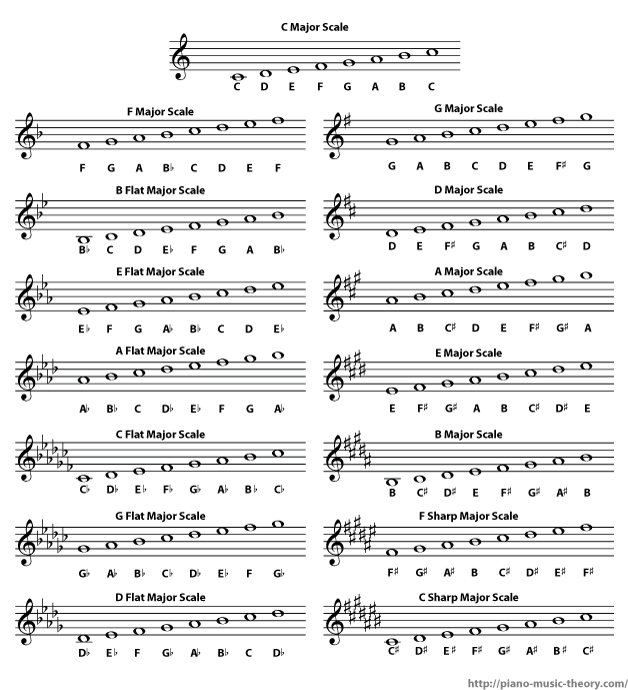
The Harmonic minor scale is also known as the consonant minor scope since it is a generally expected establishment for harmonies in minor keys. For instance, in the key of A minor, the predominant harmony (the set of three based on the fifth scale degree, E) is a minor ternion in the regular minor scope. In any case, when the seventh degree is raised from G♮ to G♯, the set of three turns into a significant ternion.
Harmonies on degrees other than V may likewise incorporate the raised seventh degree, like the reduced set of three on VII itself (viio), which has a predominant capacity, as well as an expanded ternion on III (III+), which isn’t viewed as in any “regular” congruity (that is, concordance that is gotten from fitting the seven western modes, which incorporate “major” and “minor”). This increased fifth harmony (♯5 harmony) had an influence in the improvement of current chromaticism.
The groups of three based on each scale degree follow a particular example.
A fascinating property of the symphonious minor scope is that it contains two harmonies that are each produced by only one span:
- an increased group of three (III+), which is produced by significant thirds
- a decreased seventh harmony (viio7), which is created by minor thirds
What’s More?
Since they are produced by only one stretch, the reversals of expanded sets of three and reduced seventh harmonies present no new spans (taking into consideration enharmonic counterparts) that are missing from its root position. That is, any reversal of an increased ternion (or decreased seventh harmony) is enharmonically comparable to another expanded set of three (or reduced seventh harmony) in root position. For instance, the ternion E♭-G-B in first reversal is G-B-E♭, which is enharmonically comparable to the increased group of three G-B-D♯. One harmony, with different spellings, may consequently have different symphonious capacities in different keys.
The seventh harmonies based on each scale degree follow an unmistakable example.
In the symphonious minor scope, the seventh scale degree is raised. While a characteristic minor scope has a level seventh, or minor seventh, the symphonious minor scope has a characteristic seventh. Contrast the two scales with see the distinction. For instance, the E regular minor scope comprises of the accompanying notes: E-F♯-G-A-B-C-D. The E symphonious minor scope is almost indistinguishable, however with a raised seventh: E-F♯-G-A-B-C-D♯. The main distinction between the two is that the D is raised by one semitone to D♯. This makes that seventh degree a main tone, very much like you’d have in a significant scale.
More Details on Harmonic Minor Scale

The Harmonic Minor Scale is one of three minor scopes. The other two are the Natural Minor and the Melodic Minor. The Harmonic Scale is to some degree described by the music of the Middle East.
The Harmonic Minor varies from the Natural Minor by the honed seventh note, and this minor scope is thus not played similarly as the overall significant scale. The more uncommon Harmonic Major scale can rather be viewed as a comparative with the Harmonic minor.
The consonant minor scope is basically the same as the normal minor scope. The main distinction between the two is in the seventh degree. On the regular minor scope, the seventh degree is minor, while in the consonant minor scope, the seventh degree is major.
So that you could see this distinction, we should utilize the normal A minor scope and the A minor consonant scale for instance. Analyze them:
Notes from the Am Natural scale: A, B, C, D, E, F, G
Notes from the Am Harmonic scale: A, B, C, D, E, F, G#
Notice how the main contrast is in the seventh degree (for this situation, the G note). This seventh significant degree on the minor symphonious scale expanded the distance between degrees 6 and 7, shortening the distance between degrees 7 and 8. This change gave an extremely fascinating sound.
The strategy we use to frame minor harmonies is the very that we used to shape the harmonies of the significant key from the significant scale. The main contrast is that the scale utilized here was the symphonious minor scope. We won’t rehash this entire strategy so as not to get exhausting.
So hypothetically at whatever point we recognize one of these harmonies/degrees in a melody, we can apply the consonant minor scope to our performance, since the agreement takes into consideration this.
The issue is that, by and by, the harmonies Im(M7), IIImaj7(#5) seldom show up, and different harmonies with the augmentations m7(b5), m7, 7, maj7, show up in various settings, which makes the methodology troublesome, on the grounds that it is possible that these harmonies have a place with another key that isn’t the symphonious minor.
For this situation, to utilize this scale on top of these harmonies, you would have to distinguish, for instance, if the harmony with the augmentation m7, suppose Em7, is the fourth level of the tune (IVm7).
Use this scale
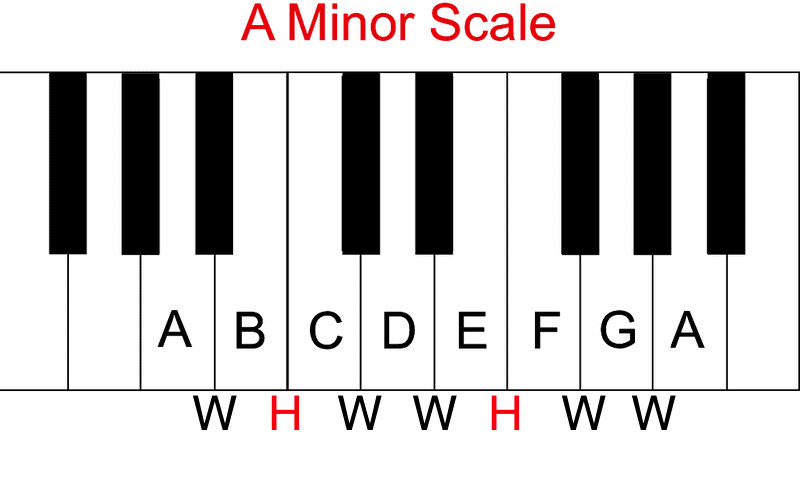
The setting in which the symphonious minor scope most frequently shows up in performances, riffs or plans is the point at which a V7 harmony settle in a minor harmony. This goal is normal of the consonant minor setting, as it doesn’t exist in the regular significant key or the regular minor.
In the significant key, the V7 settle in a significant harmony, as we definitely know. What’s more in the minor key there is no V7, in light of the fact that the fifth degree is minor (Vm7)
Along these lines, the “V7 – Im7” goal is commonplace of the minor key. This is vital to know, as this is the harmony movement that shows up most in the tunes when the subject is symphonious minor.
Likewise, the predominant V7 is extremely simple to relate to the ear, particularly in a setting of a minor resonance.
A Deeper Analysis
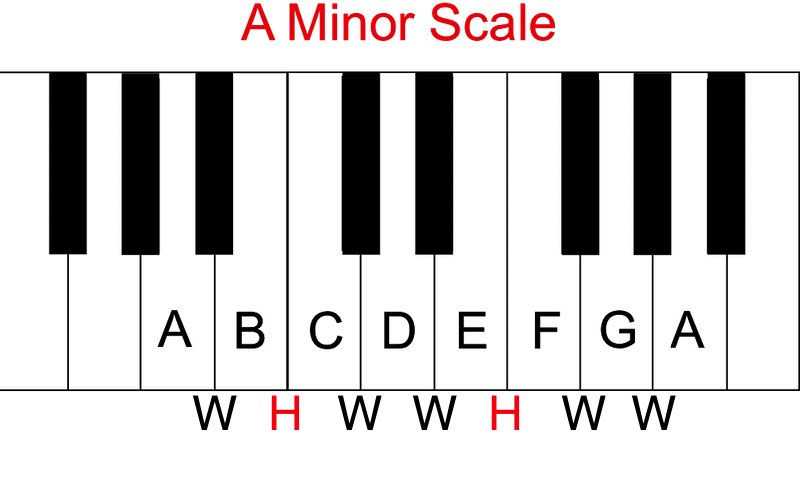
We will tell you a few instances of the best way to utilize this scale. Notice that in the “V7 – Im7” goal, the consonant minor scope is played on top of the V7 harmony, as this harmony describes the symphonious minor resonance.
Whenever we say “played on top of the V7 harmony” it implies that it is the symphonious minor size of the main degree (Im7), possibly played when the V7 harmony shows up. Try not to become confounded, since we are not saying that it is the symphonious minor size of the fifth degree. For instance, assuming the E7 harmony seems settling in the Am harmony, we would utilize the A minor consonant scale at the time that E7 was being played. We wouldn’t utilize the E minor consonant scale! Be mindful so as not to befuddle these thoughts!
Practice this scale a ton in this unique situation and attempt to distinguish melodies that contain this V7 – Im7 movement. Your ear will rapidly become acclimated to this goal and will be sharp to see it when it shows up.
As an anomaly, a melodic style that is put together a ton with respect to the minor symphonious scale is Spanish music.
Also, Read Hindustani And Carnatic Music : Know The Difference!
Want to Play Scales on the GUITAR?

The symphonious minor scope’s particular sound makes it a top pick among players spend significant time in styles going from neo-traditional and jazz to metal and surf guitar. Here and there called the Mohammedan scale as a result of its Middle-Eastern sound, the consonant minor scope is a great scope to learn in the event that you are keen on adding new sounds to your act of spontaneity toolbox.
Assuming you’re as of now acquainted with playing regular minor scopes, you’ll see that the symphonious minor scope imparts everything except one note to the normal minor scope. The raised seventh gives the symphonious minor scope its one of a kind flavor.
Here, we’ll concentrate on the symphonious minor scope, utilizing the E consonant minor scope – – perhaps the most ordinarily utilized symphonious scale – – for instance. We’ll figure out how to play the E consonant minor scope in two positions, and practice harmonies that go with this scale. At long last, we’ll become familiar with a portable form of the symphonious minor scope, and work on certain activities that will assist you with dominating this scale on the guitar. We should get everything rolling!
Modular playing in the diatonic scale implies that similar notes are played, however the apparent focus is moved.
Basic guidelines:
- Start on the apparent focus of the mode
- End on the apparent focus of the mode
- Rehash the apparent focus more regularly than different notes
Each mode inspires a specific inclination. Try different things with the modes and choose for yourself which ones you like.
While Western traditional music most certainly utilizes modes in some cases, the principle accentuation is on a utilitarian ordered progression that is laid out by the utilization of an alleged “driving tone”.
The main tone compares to the timespan significant seventh relativ to the apparent focus or tonic of a scale and leads back to it by climbing a semitone.
Assuming you take a gander at the above mode stretches you will observe that main the Ionian and Lydian scales have a main tone. Both of these scales are significant scales described by the invervall of a significant third over the tonic. This span causes a pretty much “cheerful” feeling.
To get the pecking order of notes and harmonies that is normal for the Ionian or significant scale, one needs to change different scales. Be that as it may, few out of every odd scale’s minor seventh must be raised. For instance raising the minor seventh of the Mixolydian scale will simply deliver another Ionian or significant scale. Different scales like Phyrygian and Locrian are seldom utilized because of the fairly conflicting time frame minor second (and a flatted fifth on account of Locrian), so presenting a main tone doesn’t seem okay.
What Else?

This leaves us with just two excess scales that could profit from the practical progressive system of a main tone: Dorian and Aeolian. They are both minor scopes portrayed by the invervall of a minor third over the tonic and summon sentiments that are more suggestive of misery or reflection.
How about we first investigate the Aeolian mode or regular minor:
This mode begins the sixth level of the C significant scale or one minor third underneath the C of the Ionian or significant scale. It is additionally called the general minor of C major.
To present a main tone we should simply to raise the seventh level of normal minor. Along these lines we acquire a significant seventh. In the key of A minor this implies we need to raise the G to a G# (the unplanned # implies raising a note by one semitone). This scale is for the consonant minor scope.
Better Understanding
| Sl. No. | Normal Minor | Consonant Minor |
| 1 | A | A |
| 2 | B | B |
| 3 | C | C |
| 4 | D | D |
| 5 | E | E |
| 6 | F | F |
| 7 | G | G# |
| 8 | A | A |
It has an exceptionally trademark sound with a specific arabic touch that is because of the colossal span between the minor 6th and the significant seventh. Since the significant seventh capacity of prompting the tonic is just required while the song is climbing, most authors utilized the normal minor scope while plummeting, in spite of the fact that there is numerous exemptions for the standard.
Also, Read Produce Great Music With This Beginner’s Guide
FAQ’s

Q. Explain harmonic scales for kids please.
A. The symphonious minor scope is equivalent to the normal minor however with the seventh note raised by a semitone.
Consonant Minor Scale: 1 2 3♭ 4 5 6♭ 7 8
For instance, in the key of A minor, the symphonious minor scope is:
A B C D E F G♯ A
One way the symphonious minor is different to the regular minor is that it has two harmonies which have a similar design when reversed, so they don’t have a place with any key. These are the lessened seventh harmony (second, fourth, sixth and seventh degrees) and the expanded harmony (the third, fifth and seventh degrees).
The symphonious minor is likewise at times called the Mohammedan scale on the grounds that its upper tetrachord is equivalent to the Hijaz jins, frequently found in Middle Eastern music. The consonant minor scope overall is at times called Nahawand-Hijaz in Arabic, or as Bûselik Hicaz in Turkish.
The stretch between the 6th and seventh levels of this scale (for this situation F and G♯) is an expanded second. While certain authors, similar to Mozart, have involved this span in melodic creation, different writers thought that it is abnormal. They felt that an entire advance between these two scale degrees was better for smooth song composing, so they utilized the subtonic seventh, or raised the 6th scale degree. The climbing has a similar upper tetrachord to the significant scale, and the slipping is equivalent to the regular minor:
A B C D E F♯ G♯ A’ and afterward
A’ G F E D C B A separately.
Numerous authors don’t adhere to the notes of just one of these scales while composing music. Utilizing the group of three of the general major is exceptionally normal, but since this depends on an exhaustive round of questioning of the minor scope, the raised seventh level of the symphonious scale would cause an expanded ternion. For this situation, authors for the most part utilize the regular minor.
Q. Please tell us more about other scales.
A. Read the following to know more about the other scales.
Melodic Minor Scale
The melodic minor scope is particular since it utilizes various notes relying upon whether it is climbing or plummeting. While going up, a melodic minor scope has a level third (or minor third) degree, and the wide range of various notes are equivalent to a significant scale (counting normal 6th and regular seventh degrees). Going down, the melodic minor scope is very much like a characteristic minor scope. For instance, the E melodic minor scope in climbing structure has a raised 6th degree and seventh degree: E-F♯-G-A-B-C♯-D♯. The E melodic minor scope in plunging structure is: E-D-C-B-A-G-F♯.
Minor Pentatonic Scale
The minor pentatonic scale is a minor departure from the regular minor scope. To transform a characteristic minor scope into a minor pentatonic scale, take out the second and 6th scale degrees. This leaves the accompanying scale degrees: first, level third, fourth, fifth, level seventh.
Minor Blues Scale
Blues scales are pentatonic scales with added notes, and those notes shift from one player to another. You can add almost any note to the minor pentatonic scale aside from the normal third, which conflicts with the minor person of the scale. Inside the G minor blues scale, this implies you ought not play a B normal. Other than that, you’ll have the option to observe which notes are the best ones to add on to a pentatonic scale with training and experimentation. A level fifth makes a decent expansion, as does a characteristic seventh notwithstanding the level seventh that is as of now in the minor pentatonic scale. Just utilize the normal seventh it in passing between the level seventh and the root-so in the G minor blues scale, utilize a F♯ to interface a F to a G.
Q. Please explain harmonic scale for professionals.
https://www.youtube.com/embed/qk8uobP4uJE?feature=oembedModes of Harmonic Minor Scale for Professionals,
A. The consonant minor scope contains seven notes. The span design recipe is 1 – 2 – b3 – 4 – 5 – b6 – 7. Its assembling is equivalent to the regular minor scope (Aeolian mode) however the seventh degree is to raise by one semitone. The two of them have a significant seventh.
The fundamental distinction with the Aeolian mode (regular minor scope) is the seventh that is minor (b7) for the Aeolian mode while it is major (7) for the consonant minor. Hypothetically the symphonious minor scope ought to play it over minMaj7 harmonies, however it can likewise be there over minor harmonies like m6, m7, m9, m11, m6/9. Playing the consonant melodic scale over a minor 7 harmony makes pressure in light of the significant seventh.
To lessen this strain you want to determine you lick on an appropriate note. Ternion harmonies are for three notes, in thirds and quadruplicate harmonies made of four notes stacked in thirds as well. For instance the primary harmony, C minor(maj7), is by stacking C, Eb, G and B separately root, minor third, amazing fifth and significant seventh.
When the consonant minor scope is orchestrated we get a significant seventh harmony (6th degree), one expanded harmony (III), two minor harmonies (degrees I and IV), one minor seventh level fifth harmony on the subsequent degree (II), one predominant seventh harmony (V) and one lessened seventh harmony on degree VII.
Expanded harmonies are essentially majors and decreased harmonies are minor.
Q. Need help in playing harmonic minor keys on piano.
A. Appropriate fingering of the scales on the piano is vital to improvement of your abilities and progression as a musician.
Start by setting the metronome at a beat that is practical, yet testing, and work through each gathering of keys, doing one gathering each week. Whenever scales are well toward the starting beat, increment the rhythm, and begin once again with Group I once more. Continue to build the beat limitlessly! A typical movement may be to begin the metronome at a quarter note rises to 80, and increment to 96, then, at that point, 112, 120, and 144.
Play 2 octaves of eighth notes, trailed by 3 octaves of trios, and 4 octaves of sixteenth notes without overlooking anything.
Make sure to get the fingerings right from the beginning. Snap your fingers, while keeping even, free wrists.
Here is a PDF for you to understand the concept of Harmonic Minor Scale with more ease!
Harmonic Minor Scale – Download
Share with your friends


